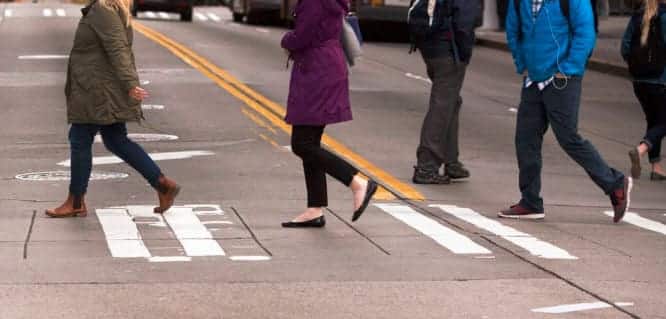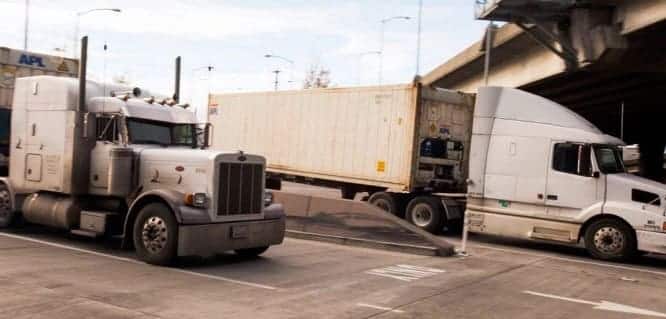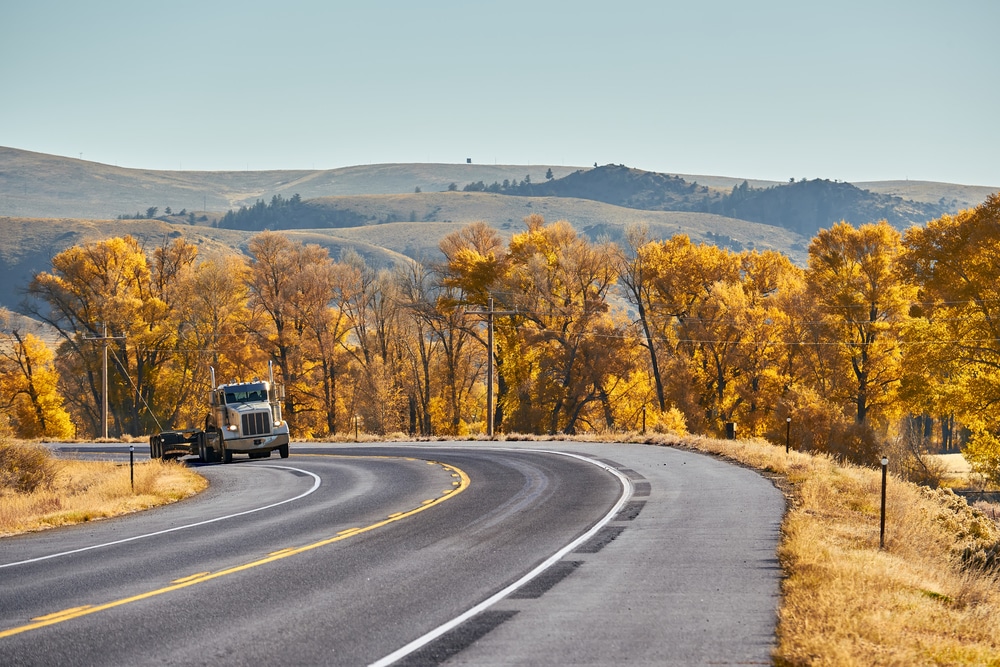In the last month, seven pedestrians have been fatally injured by motorists in separate crashes in Seattle. Two of the individuals, a 61-year-old man and a 65-year-old woman, were crossing intersections when they were hit by cars. A 53-year-old man was struck by a Metro bus after the driver failed to see him.
These seven fatalities increase the number of pedestrians killed by drivers citywide to thirteen this year, according to the Seattle Department of Transportation.
It is part of a traffic safety trend in Seattle, and nationwide, over the last decade. Pedestrian deaths have increased by over 50%. During the pandemic, many cities including Seattle recorded the most pedestrian deaths since 2006. Unfortunately, the number of fatal crashes remains high.
In 2020, there were 6,516 pedestrians killed in traffic collisions in the U.S. which is nearly 4% more than in 2019. Pedestrian-car crashes take the lives of more Americans than drowning, gun assaults and fire deaths, according to the Centers for Disease Control.
What factors are influencing the increase in pedestrian fatalities?
The increasing rate of pedestrian fatalities can be attributed to several factors:
- Speed
- Larger passenger vehicles
- Impaired road users
- Dark lighting conditions
Helpful Reading: Pedestrian Hit by Car in Parking Lot
Speed
Since 2019, traffic fatalities caused by speeding have grown exponentially. Early in the pandemic, fewer cars on the road made it easier for motorists to drive fast especially on roadways with wide, straight lanes.
Speed remains a contributing factor in pedestrian-car fatality crashes on busy, congested Seattle roads. Arterials – roads designed for heavier-traffic flow, higher speeds and longer distances in a city – accounted for over 90% of Seattle’s pedestrian fatalities.
While the maximum speed limit on Seattle arterials ranges from 20-mph, in residential neighborhoods, to 40-mph, on roads such as Aurora Avenue, vehicles often exceed these limits. A speeding vehicle, on a road adjacent to a shared-use sidewalk or path, puts a pedestrian’s safety in jeopardy.
Larger cars
The second factor is that passenger vehicles have gotten larger over time. The popularity of larger cars such as SUVs has grown significantly since the 1990’s. The production share of SUVs nationwide accounts for nearly 50% of all vehicles produced, including both cars and truck SUVs.
Midsize SUVs have surpassed sedans as the most common car on the road. SUVs are larger and heavier than their smaller predecessor. While SUVs offer more safety protection than sedans for vehicle occupants, their increased size and weight are more hazardous to pedestrians.
When an SUV strikes a pedestrian, it hits with more force and often at chest-level leading to serious injury and often death. By comparison, sedans have lower ride heights and tend to strike lower on the body, in the pelvis and legs, away from internal organs. According to the Federal Highway Administration, adult pedestrians were nearly three times more likely to die when struck by an SUV, and children were four times more likely to be killed
Impaired road users
According to the National Highway Transportation Safety Administration (NHTSA), alcohol involvement was reported in nearly one-half of all traffic collisions that caused pedestrian fatalities in 2020. Alcohol involvement is defined as whether alcohol was consumed by the driver and/or the pedestrian before the collision. Alcohol may or may not be a contributing factor in the crash.
Dark Lighting
Dark lighting was also a contributing factor in fatal collisions. NHTSA reports that in 2020, most (77%) of pedestrian fatalities occurred at the time of day when light conditions were dark. In addition, 2% happened at dawn and another 2% occurred at dusk. 26% of pedestrian fatalities occurred between 6:00p – 8:30p.
How do you protect yourself and others?
For every one individual killed, eight people are seriously injured. While vehicle-pedestrian collisions are happening at lower rates in general, when a crash does occur, it is far more often fatal. And most of these crashes are preventable.
Both pedestrians and drivers should practice safe traffic behavior.
Pedestrians:
- Walk on a sidewalk or path when one is available. If neither are available, walk on the road shoulder, facing oncoming traffic. Cross streets at crosswalks or intersections when possible, as drivers are more likely to expect pedestrians. However, never assume a driver sees you. Make eye contact with a driver before entering the crosswalk or intersection.
- Pay attention to traffic. Avoid distractions like cell phones and other handheld devices.
- Be cautious and visible during the day and at night and day. At night, wear reflective clothing and use a flashlight if possible.
- Recognize that alcohol and drugs impair judgment and coordination while walking near roadways.
Drivers:
- Be aware of pedestrians while driving. Slow down and look for pedestrians who may be walking in unmarked areas or are otherwise hard to see, especially during poorly-lit times of day or adverse weather conditions.
- Stop for pedestrians in the crosswalk or where pedestrian crosswalk signs are posted.
- Never pass vehicles stopped at a crosswalk. The driver of the stopped vehicle may be waiting for a pedestrian to cross the street.
- Never drive under the influence of alcohol and/or drugs.
- Follow the speed limit. The correlation between risk of severe injury or death and speed is indisputable. When a pedestrian is struck by a vehicle at 30 mph, they are more than twice as likely to die than if they had been struck at 25 mph. Higher-speed crashes result in a higher incidence of deaths.
- Slow down where children may be present, like school zones and near parks.
Recommended Article: Seattle Pedestrian Accident Attorney
Coluccio Law
Coluccio Law has over 36 years of experience handling personal injury and wrongful death claims. Over the course of those years, Coluccio Law has represented the victims of pedestrian collision and their family members. We are available for consultation.
Recommended Article: The Hard Questions about Wrongful Death Settlements in Washington State




